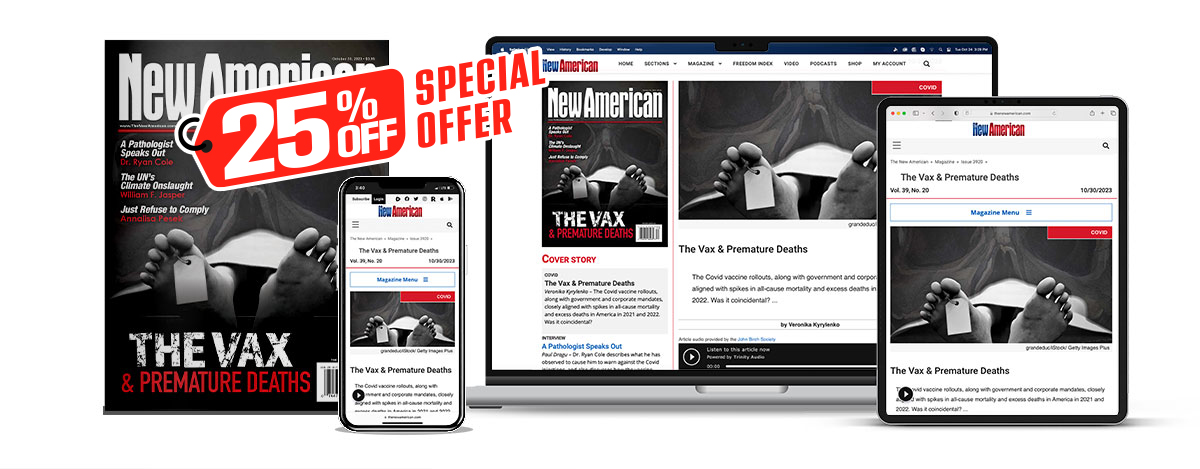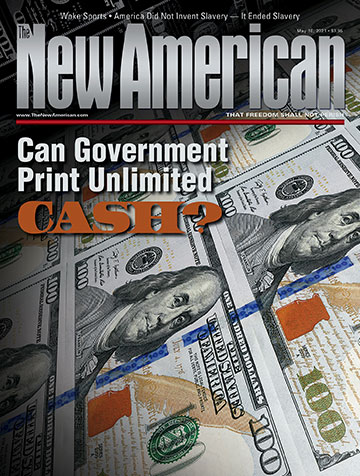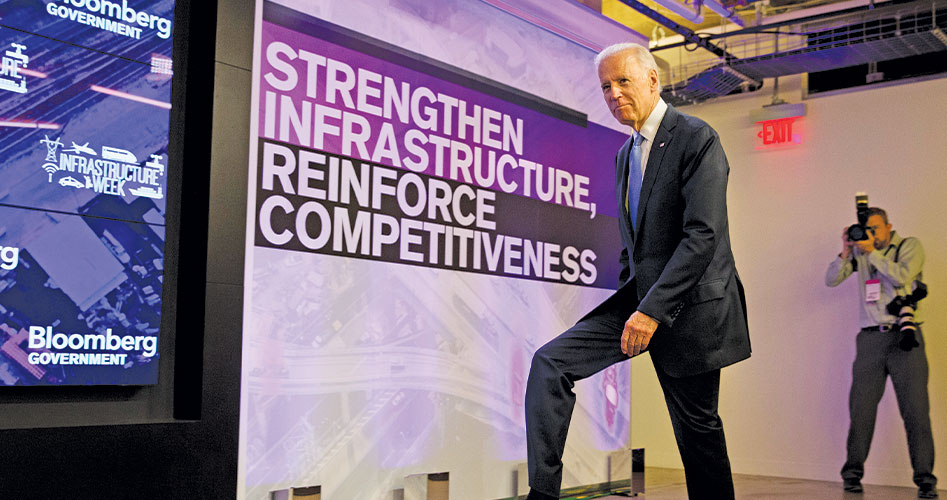They Call It Infrastructure Spending
Back in the early ’90s, the Clinton administration coined a new buzzword, “infrastructure,” that took Washington social circles by storm and soon became an all-purpose ration-ale for spending on what were once more honestly styled “boondoggles.” But whereas “boondoggle” long connoted wasteful spending on useless public works, “infrastructure” was a serious term, conjuring as it did visions of grandiose, visionary public spending. “Boondoggles” were tawdry and venal, the pet projects of corrupt, cigar-chomping politicos in smoke-filled rooms, but “infrastructure investment” is the enlightened stock-in-trade of the Ivy League-educated sophisticates who constitute America’s de facto ruling class.
From the Clinton era onward, every liberal politician has been bound by the creed of “infrastructure investment.” The word itself is imprecise, as all buzzwords must be. To the Clintons, it referred to any publicly funded or subsidized network or conduit — transportation, communication, sanitary, etc. — that tied the country together. In Biden’s America, the term seems to have expanded to embrace anything that politicians want to spend money on — “health infrastructure” and “environmental infrastructure,” for example. And, true to form, the Biden administration has cobbled together an ambitious $2 trillion dollar “infrastructure plan” signaling legislative and budgetary priorities for the next four years. The quaintly named “Build Back Better” plan is the lineal successor of federal government boondoggles stretching all the way back to the New Deal. The Biden plan even pays rhetorical homage to FDR’s mother of all boondoggles with its “Civilian Climate Corps” (an obvious nod to FDR’s Civilian Conservation Corps), while contemplating “investment” in a broad array of distinctly 21st-century Big Government conceits. Let’s have a look.
First of all, the overall cost of the Biden plan is somewhat in dispute, with estimates varying between $2 trillion and $2.5 trillion. The plan, supposedly, will be paid for by a hike in corporate taxes, to 28 percent, coupled with legislative measures preventing U.S. corporations from shielding their assets from taxes by offshoring. Such a measure is conveniently expected to generate $2.5 trillion over the next 15 years, according to Treasury Secretary Janet Yellen. But, of course, everyone knows that corporate tax hikes alone will not pay for the Biden plan (nor for the already-signed $1.9 trillion COVID relief bill). More robust sources of revenue will be needed, and negotiations are already under way in Washington to figure out the best way of fleecing American taxpayers without alienating too much of the voter base.
JBS Member?
Sign in with your ShopJBS.org account.
 Subscribe Now
Subscribe Now
- 12 Issues Per Year
- Digital Edition Access
- Digital Insider Report
- Exclusive Subscriber Content
- Audio provided for all articles
- Unlimited access to past issues
- Cancel anytime.
- Renews automatically
 Subscribe Now
Subscribe Now
- 12 Issues Per Year
- Print edition delivery (USA)
*Available Outside USA - Digital Edition Access
- Digital Insider Report
- Exclusive Subscriber Content
- Audio provided for all articles
- Unlimited access to past issues
- Cancel anytime.
- Renews automatically



